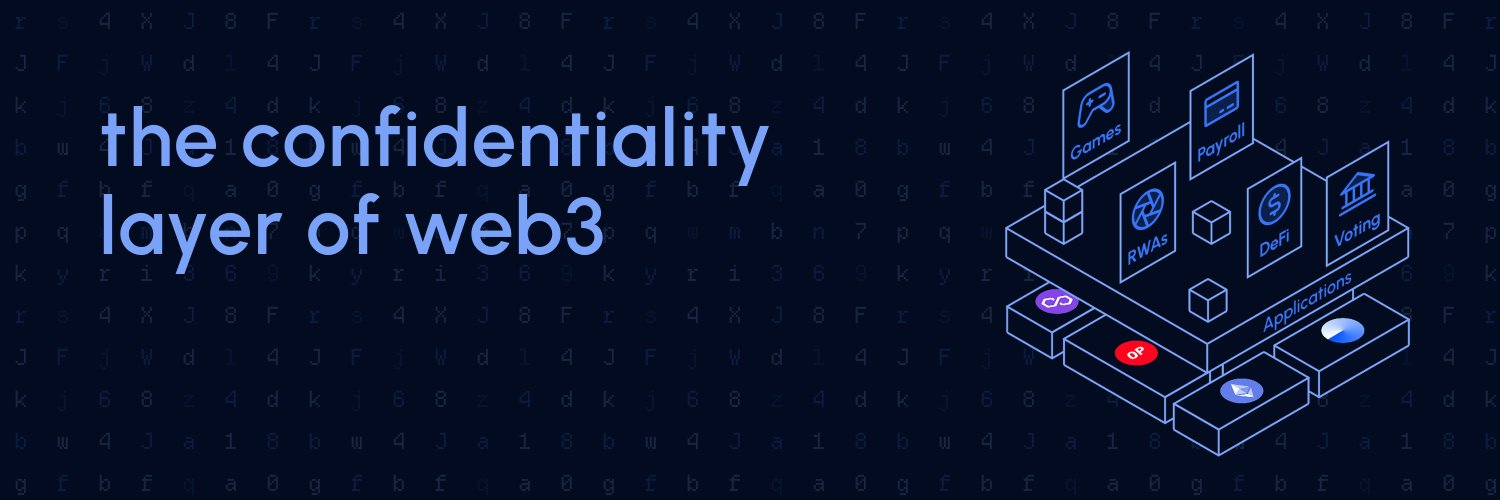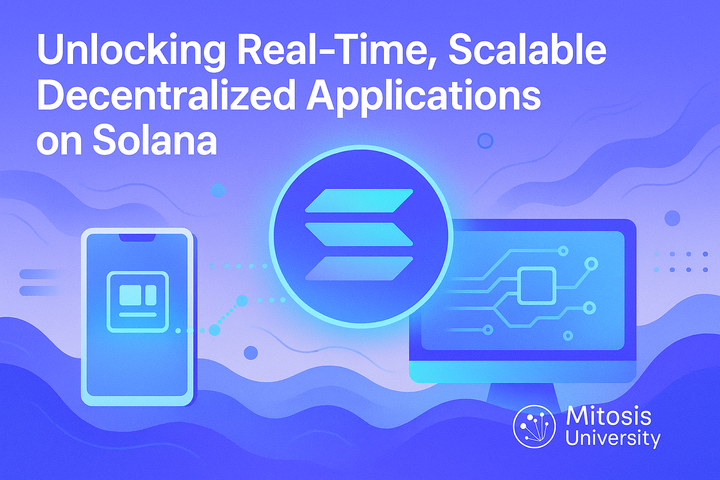Privacy Era is so back: Zama, Octra, Fhenix, TEN & Inco

Most people view crypto as a way to trade coins, gamble on memecoins, or maybe catch that elusive 100x. Somewhere along the line, between the bull cycles, the rugs, and the influencer drama — we forgot why crypto even matters.
It wasn’t supposed to be about price charts and pumps. It was supposed to be about privacy. About taking back control.
And now, quietly but with conviction, a new generation of projects is fixing the mess. They’re not pushing NFTs or farming yield — they’re rebuilding the privacy layer from the ground up, using some of the most advanced cryptography out there:
- FHE (Fully Homomorphic Encryption): lets you compute directly on encrypted data without ever decrypting it.
- MPC (Multi-Party Computation): splits sensitive data across multiple parties, making it private by default.
- TEEs (Trusted Execution Environments): enclaves that keep data secure even during execution.
Here’s how 5 privacy-native projects are reshaping Web3 infrastructure — each with its own angle, but sharing one goal: make confidentiality standard again.

Zama – Programmable Privacy for Any Chain
Zama is making fully homomorphic encryption (FHE) practical. That used to be impossible. Not anymore.
With the Zama Confidential Blockchain Protocol, you can run smart contracts on encrypted inputs, store encrypted state, and program who can decrypt what — without needing a new chain. It’s a cross-chain privacy layer that plugs directly into existing blockchains like Ethereum or Solana.
You write your contracts in Solidity or Python, swap in FHE operations, and you’re done. Everything else — encryption, off-chain compute, threshold decryption — is handled by Zama’s coprocessor network.
Use cases: encrypted stablecoin transfers, sealed-bid auctions, confidential airdrops, privacy-preserving RWAs, and full-stack private DAOs.
Tech angle: FHE + MPC + ZK + hardware acceleration (ASICs, GPUs, etc).
Bottom line: end-to-end confidentiality without new chains or breaking UX.

Octra – Homomorphic Privacy, Rebuilt for the Future
Octra is building a universal FHE protocol — but not the typical kind. They’re pioneering HFHE (Homomorphic FHE over Hypergraphs) to scale encrypted compute across distributed systems.
At the core are “Circles” — personalized, programmable enclaves where users or apps can define their own private logic. These can run Web2 or Web3 apps with programmable privacy, under a consensus layer that blends PoW, PoS, and ML-based node selection.
Use cases: private smart contracts, encrypted data feeds, privacy-enhanced RWAs, off-chain ML models, oracles, and personal cloud compute.
Tech angle: hypergraph-based FHE, optional privacy enclaves, dynamic key updates every epoch.
Bottom line: Octra is building a chain-agnostic privacy layer that treats encrypted compute as a first-class primitive.

Fhenix – Confidential Compute for Ethereum
Fhenix is focused on one thing: making FHE feel native to Ethereum. Their stack includes a Solidity library for encrypted variables and an off-chain FHE Coprocessor (CoFHE) to handle the heavy lifting.
That means developers can process private data without learning cryptography —and without putting user data on-chain.
How it works:
- Users encrypt data client-side.
- CoFHE processes it privately.
- Results are verified with fraud proofs.
- Only authorized users can decrypt the output.
Use cases: encrypted DeFi, privacy-focused healthcare apps, ML inference, and financial compliance tooling.
Tech angle: FHE + coprocessor + EVM integration + fraud-proof verification.
Bottom line: Fhenix brings encrypted compute to Ethereum, minus the friction.

TEN – Confidential L2 With TEE-Powered Compute
TEN is a TEE-native execution layer built to make Ethereum private, scalable, and usable for actual real-world use cases.
Unlike most L2s, TEN doesn’t just move compute off-chain — it moves it into trusted enclaves. This allows it to offer shared-state confidential smart contracts, instant bridging, encrypted transactions, and a UX identical to Ethereum.
Use cases: confidential stablecoins, MEV-resistant AMMs, encrypted gaming, onchain AI agents, private payroll, and more.
Tech angle: TEEs + L2 rollups + programmable privacy + fast finality.
Bottom line: If Ethereum is the open internet, TEN is its secure VPN —same experience, better privacy.
Also, if you’re into monetary history, TEN's stance on stablecoin privacy hits hard. We're basically repeating the 1850s Wild West of banking — except this time, every transaction is public forever. TEN is building the rails for digital cash that actually acts like cash.

Inco – TLS for Blockchains
Inco isn’t a new chain. It’s the missing confidentiality layer that existing chains need — like TLS/SSL for the web.
They offer two tracks:
- Inco Lightning: blazing-fast confidential compute using TEEs.
- Inco Atlas: maximum privacy using FHE + MPC for regulated or high-stakes environments.
Both plug directly into other chains and offer encrypted state, composable confidentiality, programmable access control, and even hidden onchain randomness.
Use cases: private DeFi, encrypted governance, secure gaming, healthcare dApps, AI training, or anything needing zero-leakage compute.
Tech angle: dual-stack TEEs + FHE/MPC, fully chain-agnostic, no need to migrate your app.
Bottom line: Inco turns "privacy" from a feature into a native layer.
Final Thoughts
Privacy isn’t a niche feature anymore — it’s table stakes for serious applications.
- Zama makes encrypted smart contracts work across chains.
- Octra turns privacy into a modular, homomorphic-first protocol.
- Fhenix brings encrypted compute to Ethereum dApps.
- TEN makes confidential stablecoins and AI agents actually usable.
- Inco is building TLS for blockchains, with real encrypted UX.
Different tech stacks. Same goal: private by default.
Privacy is inevitable. And it’s finally getting the infra it deserves.



Comments ()